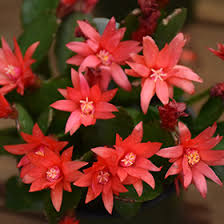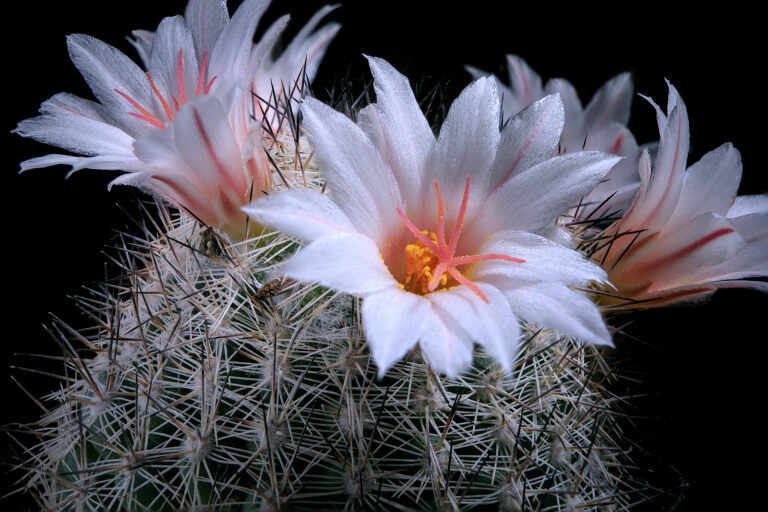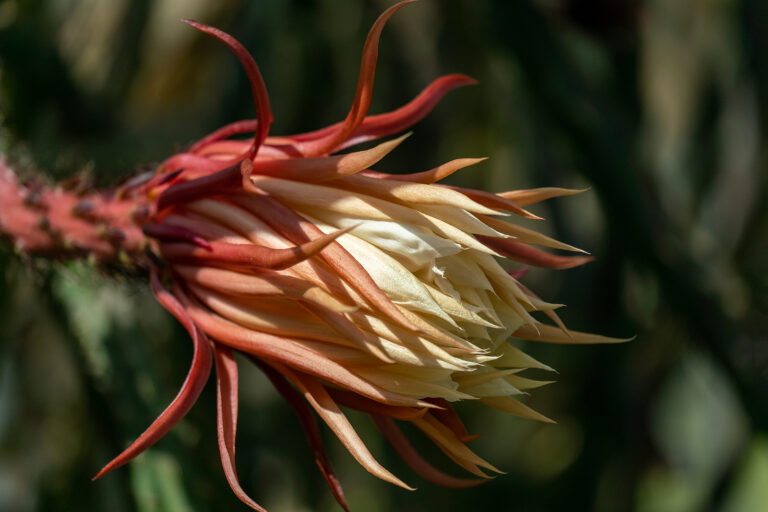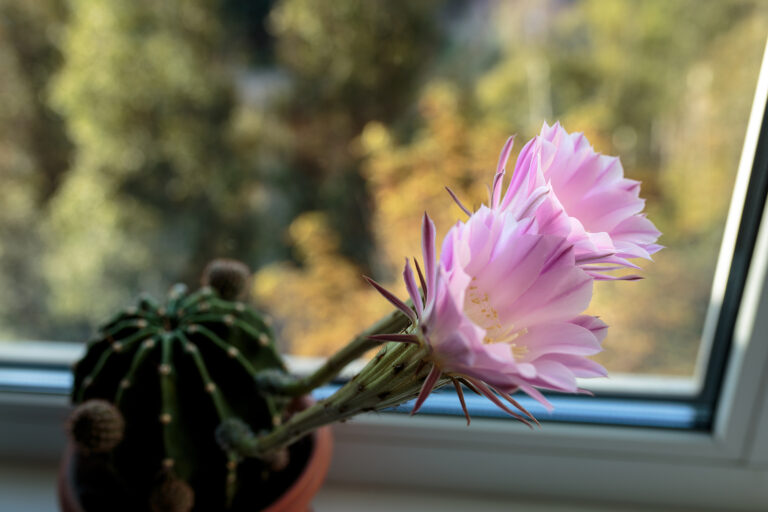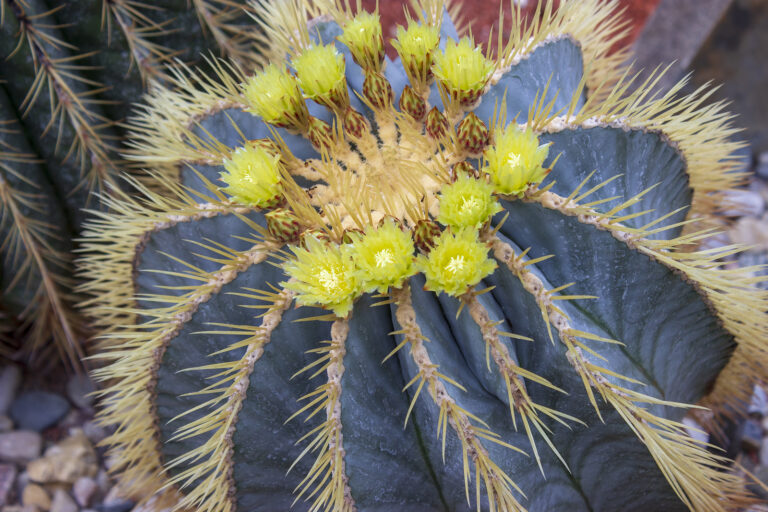How to Grow Rhipsalidopsis – Easter Cactus
Rhipsalidopsis, commonly known as the Easter Cactus, is a popular houseplant recognized for its flat, segmented, leaf-like stems and its stunning springtime blooms. Unlike desert cacti, Rhipsalidopsis is an epiphytic cactus that hails from the tropical rainforests of Brazil, meaning it naturally grows on trees rather than in the ground. This gives it different growing needs from other cacti, such as higher humidity and less direct sunlight. When properly cared for, Rhipsalidopsis rewards growers with vivid star-shaped flowers in shades of red, pink, orange, or white around Easter, hence its common name.
Growing Rhipsalidopsis Outdoors
Outdoors, Rhipsalidopsis can thrive in mild, frost-free climates where temperatures range between 50°F and 75°F. In warmer months, you can place your plant outdoors in a shaded or semi-shaded location, such as under a tree or on a covered patio. Avoid direct midday sun, which can be too harsh for its rainforest-native leaves.
For outdoor growing, use a hanging basket or container with excellent drainage, as Rhipsalidopsis is prone to rot if the roots stay too wet. Ensure that the potting medium is a well-draining mix designed for epiphytic plants or a mixture of regular potting soil with orchid bark, peat, and perlite to mimic its natural growing conditions.
In areas with colder winters or where temperatures drop below 50°F, Rhipsalidopsis must be brought indoors to avoid frost damage. It’s important to transition the plant slowly from indoors to outdoors and vice versa, as sudden changes in light or temperature can cause stress or delay flowering. When grown outdoors, this cactus benefits from the increased humidity, which can help mimic its natural rainforest environment, but still requires protection from heavy rain or excessive watering.
Whether grown indoors or outdoors, Rhipsalidopsis is a beautiful, easy-care plant that adds a vibrant burst of color to your home or garden when it flowers. Providing the right balance of indirect light, regular watering, and moderate humidity will keep this tropical cactus healthy and blooming year after year.
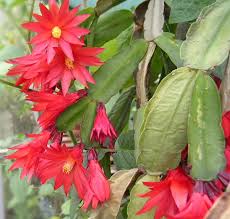
Growing Rhipsalidopsis Indoors
Indoors, Rhipsalidopsis thrives in bright, indirect light. It prefers an east or north-facing window where it can get some morning sun without being exposed to intense direct sunlight, which can scorch its delicate stems. If the plant doesn’t receive enough light, it may struggle to produce blooms.
One of the key differences between Rhipsalidopsis and other cacti is its watering needs. Unlike desert cacti, Rhipsalidopsis requires more frequent watering, particularly during the growing season (spring and summer). Keep the soil slightly moist but not waterlogged. It’s important to water when the top inch of the soil feels dry, but never allow the plant to sit in standing water, as this can lead to root rot. During its winter dormancy (after flowering), reduce watering but don’t allow the soil to completely dry out. Using a well-draining potting mix that retains some moisture, such as a mix for epiphytic cacti or houseplants, works best for this cactus.
Humidity is another important factor. As a tropical plant, Rhipsalidopsis prefers higher humidity levels than other types of cacti. You can increase humidity by placing a tray of water near the plant or using a humidifier, especially in drier, indoor environments. Additionally, this cactus prefers temperatures between 60°F and 75°F and doesn’t tolerate drafts or sudden temperature changes well, so keep it away from heating vents or drafty windows.
Related articles:

